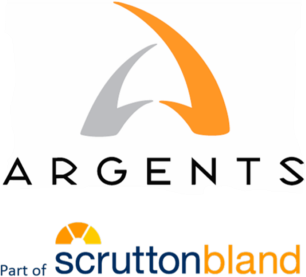Property taxation changes - April 26th 2024
Although the higher rate of capital gains tax (CGT) on residential property disposals has been reduced by 4% to 24% from 6 April 2024, the March Budget was otherwise unhelpful for landlords. The abolition of the tax reliefs available for furnished holiday lettings from April 2025 will particularly hurt higher and additional taxpaying owners with big mortgages.
Reduced rate of CGT
The reduction of the 28% rate to 24% is to encourage second home owners and buy-to-let landlords to sell and release property for those looking to move onto the property ladder.
- The lower rate for gains falling within an individual’s basic rate tax band is unchanged at 18%.
- The 4% tax saving will, however, often not be sufficient to compensate for the recent reduction of the annual exempt amount from £12,300 to £3,000.
A higher rate taxpaying landlord selling up with a gain of less than £68,000 will find themselves worse off than two years ago.
Multiple dwellings relief
Those planning to enter the English or Northern Irish property market may face a higher stamp duty land tax (SDLT) cost as a result of multiple dwellings relief being abolished from 1 June 2024.
Currently, the relief reduces the overall rate of SDLT when two or more properties are purchased together. The government has abolished the relief in the face of dubious claims for granny flats, but genuine claims will now be hit. For example, the amount of SDLT payable on a property costing £750,000 containing a qualifying annexe will double from £12,500 to £25,000.
Furnished holiday lettings
Furnished holiday lettings are treated as a trade and therefore qualify for various tax advantages.
- One of the most important of these advantages is interest costs not suffering from the finance costs restriction. Higher and additional rate taxpayers therefore benefit from 40% or 45% tax relief respectively, rather than just receiving the basic rate tax reduction given to buy-to-let landlords.
- Owners can also benefit from capital allowances on fixtures, furniture, furnishings and equipment.
- A 10% rate of CGT may be available when property is sold.
From 6 April 2025 (1 April 2025 for companies), the furnished holiday lettings tax regime is to be abolished. Furnished holiday lettings will then be treated in the same way as buy-to-let property for tax purposes, with the finance costs restriction being applied.
- Interest costs: The change will generally have little impact on basic rate taxpayers. New owners should consider buying property via a company so that interest costs are fully deductible. Existing higher and additional rate taxpaying owners might consider incorporating their furnished holiday lettings, although other tax issues may make this impractical.
- Capital allowances: The treatment of existing capital allowance claims is uncertain. Owners should carry out a review to ensure allowances have been fully claimed on historic expenditure.
- CGT: Owners who are thinking of selling should do so before 6 April 2025 if the 10% rate of CGT is available. The business asset disposal relief rules do, however, mean that the 10% rate might still be available on disposals for a further three years after 6 April 2025.
When the government last considered abolishing the furnished holiday letting rules in 2010, the guidance issued advised that it is not possible for an owner to retain the favourable furnished holiday letting tax treatment by simply providing more services to guests.
Even without the tax advantages, furnished holiday letting will often be more profitable than a buy-to-let, even though considerably more work is normally required. Owners should carry out a review to see if they will be better off moving to longer-term tenancies, whether they should incorporate, or maybe simply sell up.
